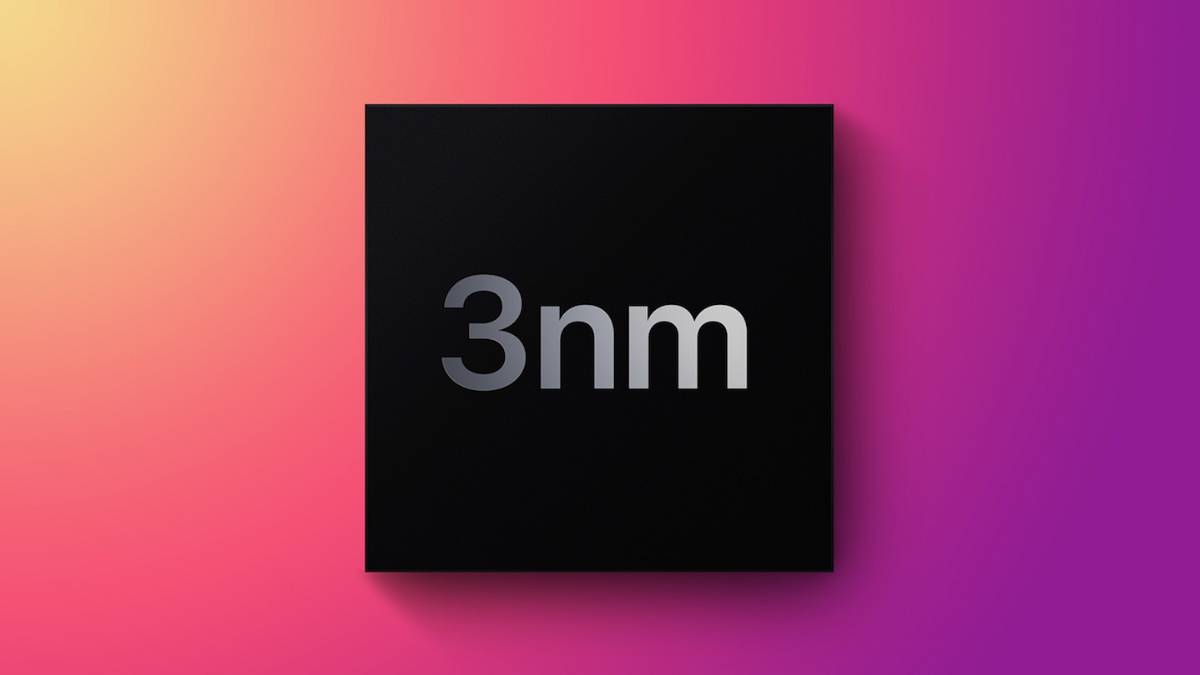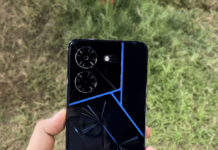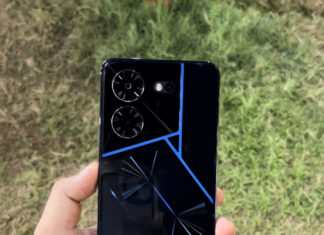Apple’s upcoming A17 Bionic chipset is generating a lot of buzz in the tech world. According to reports from suppliers in Apple’s iPhone supply chain, the 3nm technology being used to make the A17 Bionic will enable significant specification upgrades in the upcoming iPhone series. The A17 Bionic is expected to deliver a 35% improvement in power efficiency and unspecified performance upgrades over the A16 Bionic chipset, which is already considered a powerhouse.

The 3nm process reportedly used in the A17 Bionic chipset will offer a higher transistor density, which will lead to better performance and lower power consumption. Apple has reportedly bought the entire first production run of TSMC’s new N3 process semiconductors, making it the only major player to use a 3nm process in 2023. Rival chipmakers Qualcomm and MediaTek won’t be developing 3nm chips of their own, with MediaTek citing high production costs and Qualcomm taking a “wait-and-see” approach.
The upcoming iPhone 15 Pro and iPhone 15 Pro Max are expected to feature the A17 Bionic chipset, and suppliers are anticipating increased demand for the devices due to the significant upgrades. The devices are also rumored to come with a periscope camera, solid-state volume, and power buttons, a slight refresh to design, and a new Sony camera sensor. The standard iPhone 15 and iPhone 15 Plus are expected to feature the A16 Bionic chipset, and all four new devices are expected to come with USB-C connectivity – the first iPhones to adopt the charging standard.
Overall, the A17 Bionic chipset and the rumored features of the upcoming iPhone 15 series are generating a lot of excitement in the tech world. Apple’s decision to acquire the entire first production run of TSMC’s new N3 process semiconductors has given the company a significant advantage over its rivals, and the significant upgrades offered by the A17 Bionic chipset are expected to spark “replacement demand” among people with older iPhone models.






